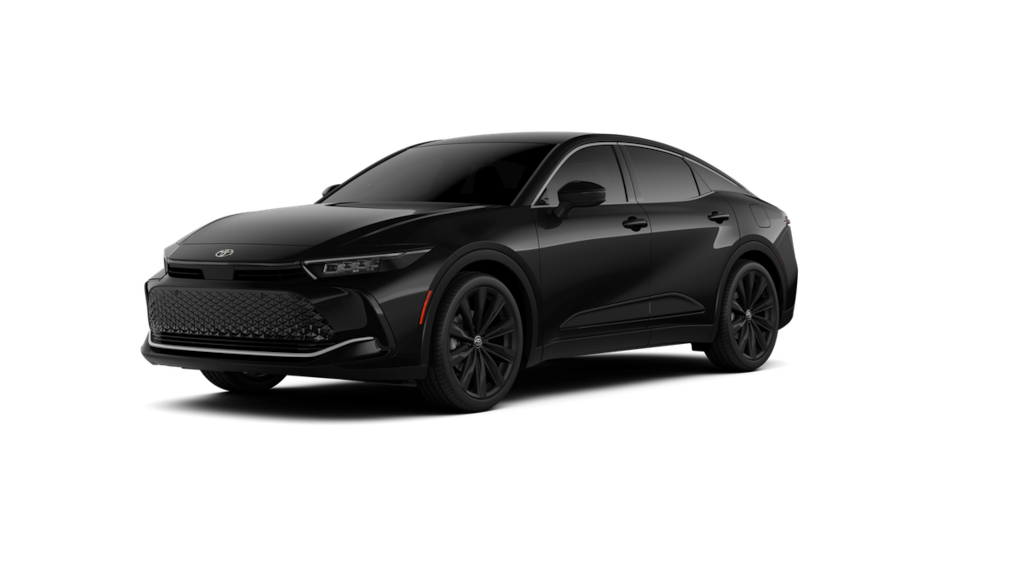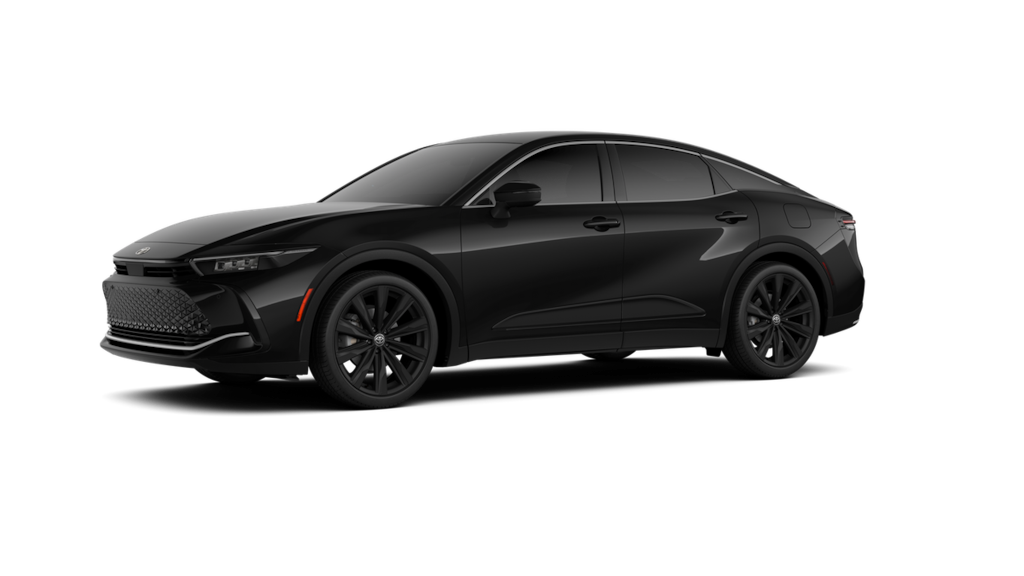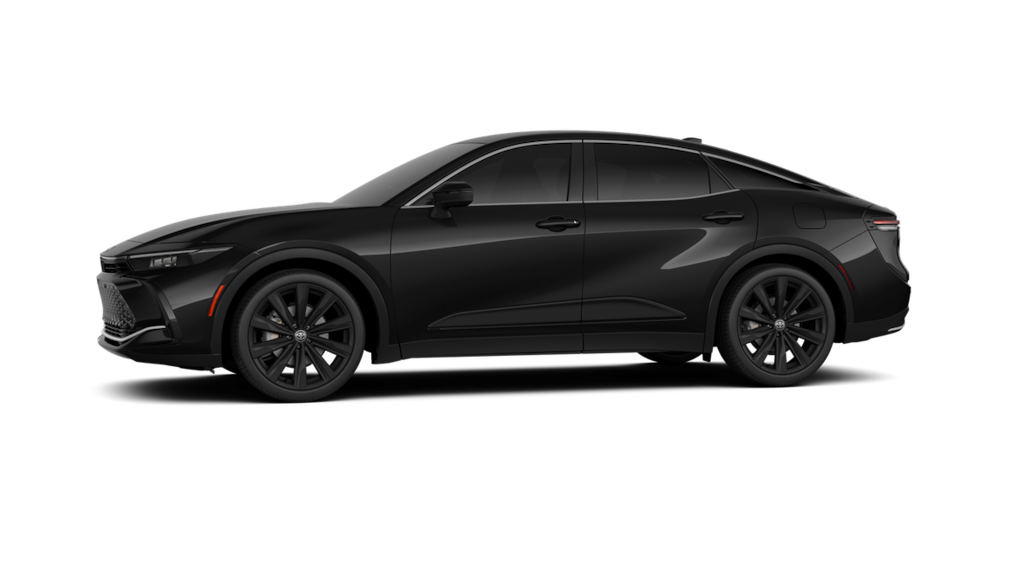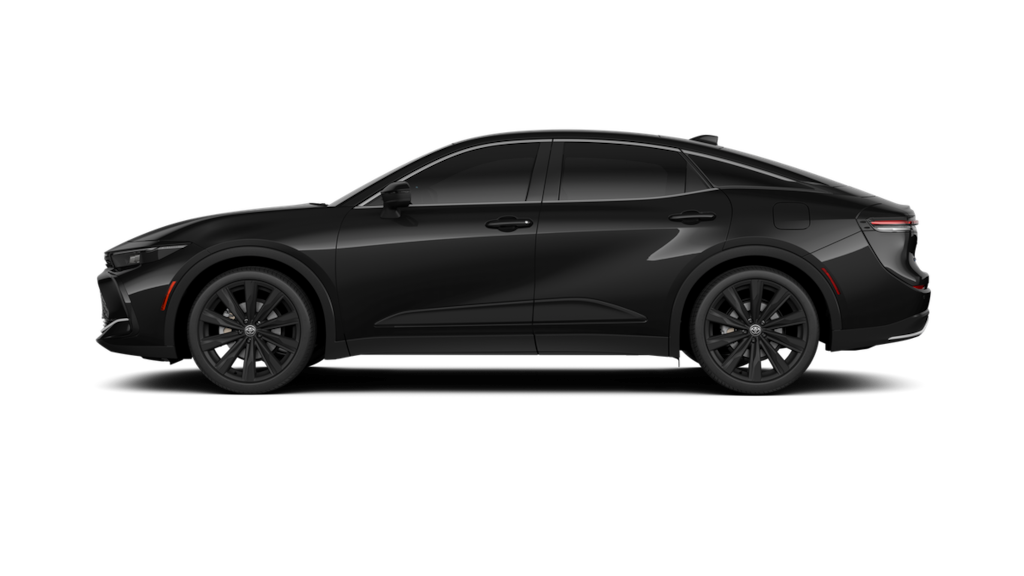- 3-point seatbelts for all seating positions; driver's-side emergency locking retractor (elr) and automatic/emergency locking retractor (alr/elr) on all passenger seatbelts.
- Anti-theft system with alarm and engine immobilizer.
The engine immobilizer is a state-of-the-art anti-theft system initiated when the key is inserted into ignition switch or a smart key fob is in/near the vehicle. Engine will only start if the code in the transponder chip inside the key/fob matches the code in vehicle’s immobilizer. The transponder chip is embedded in the key/fob and can be costly to replace. For lost key or fob, see a toyota dealer or go to www.Aloa.Org to find a qualified locksmith for high-security key service.
- Backup camerawith dynamic gridlines.
The backup camera does not provide a comprehensive view. Always look over shoulder and use outside mirrors. See. Owner's. Manual. For limitations.
- Blind spot monitor (bsm)with rear cross-traffic alert (rcta).
Do not rely exclusively on blind spot monitor. Look over shoulder and use turn signal. See. Owner's. Manual. For limitations.,Do not rely exclusively on the rear cross-traffic alert. Visually confirm clearance during use. See. Owner’s. Manual. For limitations.
- Collision sensors: deactivate high-voltage battery.
- Driver and front passenger whiplash-injury-lessening (wil) seats.
Whiplash-injury-lessening front seats can help reduce the severity of whiplash injury in certain rear-end collisions.
- Eight airbags— includes driver and front passenger advanced airbag system, driver and front passenger seat-mounted side airbags, driver and front passenger knee airbags, and front and rear curtain shield airbags.
Airbag systems supplement the seatbelts and are designed to inflate only under certain conditions and in certain types of severe collisions. Always wear seatbelt, sit upright in middle and as far back in seat as possible to help decrease risk of injury. Do not put objects in front of an airbag. See. Owner’s. Manual. For limitations.
- Energy-absorbing collapsible steering column.
- Front and rear energy-absorbing crumple zones.
- Front and rear parking assist with automatic braking (pa w/ab).
Front and rear parking assist with automatic braking (pa w/ab) may warn drivers of, and potentially brake for front and rear collisions with certain objects when traveling at low speeds. Drivers should visually confirm clearance during use. See. Owner’s. Manual. For instructions and limitations.
- Hill start assist control (hac).
Hill start assist control is designed to minimize backward rolling on steep ascents. Not a substitute for safe driving judgment and practices. Speed, grade, surface conditions, driver input, etc., can all affect hac function. See. Owner's. Manual. .
- Latch (lower anchors and tethers for children) includes lower anchors on outboard rear seats and tether anchors on all rear seats.
- Rear-seat reminder.
The rear-seat reminder does not sense objects in the rear seat. The rear-seat reminder is designed to recognize a unique rear-door opening pattern that may be consistent with an object being placed in the rear seating area. See. Owner’s. Manual. For additional details.
- Safe exit alert (sea).
Do not rely exclusively on safe exit alert. Always look for approaching traffic before exiting the vehicle. See. Owner’s manual. For limitations.
- Side-impact door beams.
- Star safety system™ — includes vehicle stability control (vsc),traction control (trac), anti-lock brake system (abs), electronic brake-force distribution (ebd), brake assist (ba) and smart stop technology® (sst).
Vehicle stability control is not a substitute for safe and attentive driving practices. Factors including speed, road conditions, weather and steering input can affect whether vsc will be effective. See. Owner’s manual. For limitations.,Smart stop technology® will reduce power to help the brakes bring vehicle to a stop during certain contemporaneous brake and accelerator pedal applications. See. Owner's. Manual. For limitations.
- Tire pressure monitor system (tpms)with direct pressure readout and individual tire location alert.
The tire pressure monitor system alerts the driver when tire pressure is critically low. For optimal tire wear and performance, tire pressure should be checked regularly with a gauge; do not rely solely on the monitor system. See. Owner's. Manual. For limitations and details.
- Toyota safety sense™ 3.0 (tss 3.0)— pre-collision system w/pedestrian detection (pcs w/pd),lane tracing assist (lta),full-speed range dynamic radar cruise control (drcc),lane departure alert w/steering assist (lda w/sa),automatic high beams (ahb),road sign assist (rsa),proactive drive assist (pda).
Toyota safety sense™ effectiveness is dependent on many factors including road, weather and vehicle conditions. Drivers are responsible for their own safe driving. Always pay attention to your surroundings and drive safely. See. Owner’s. Manual. For limitations.,The pre-collision system (pcs) with pedestrian detection (pd) is designed to determine if impact is imminent and help reduce impact speed and damage in certain frontal collisions involving a vehicle, a pedestrian, a bicycle, or a motorcyclist. Pcs w/pd is not a substitute for safe and attentive driving. System effectiveness depends on many factors, such as speed, size and position of pedestrian or bicyclist and weather, light and road conditions. See. Owner's. Manual. For limitations.,The lane tracing assist (lta) lane centering function is designed to read visible lane markers and detect other vehicles under certain conditions. It is only operational when drcc is engaged. See. Owner's. Manual. For limitations.,Full-speed range dynamic radar cruise control is not a substitute for safe and attentive driving. See. Owner’s manual. For instructions and limitations.,Lane departure alert with steering assist is designed to read visible lane markers under certain conditions. It provides a visual/audible alert and slight steering force when lane departure is detected. It is not a collision-avoidance system or a substitute for safe and attentive driving. Effectiveness depends on many factors including road, weather and vehicle conditions. See. Owner’s. Manual. For limitations.,Automatic high beams operate at speeds above 21 mph. See. Owner’s manual. For instructions and limitations.,Road sign assist only recognizes certain road signs. See. Owner’s manual. For limitations.,Proactive driving assist (pda) is designed to detect certain objects or curves in the road and provide gentle braking and/or steering support. Pda is not a substitute for safe and attentive driving. System effectiveness depends on many factors, such as speed, size and position of detected objects and weather, light and road conditions. See. Owner’s manual. For additional limitations and details.
- Vehicle proximity notification system (vpns).
When vehicle proximity notification system is active, it is the driver’s responsibility to maintain a lookout for pedestrians, cyclists, other cars and objects and to drive the vehicle in a safe and attentive manner to avoid making contact.






